Background: Free Speech in Modern Democracies

Free speech = reason = progress by sjgibbs80 is licensed under CC BY 2.0.
The principle of free speech, a revered cornerstone of democratic systems, often finds itself under scrutiny in today’s rapidly changing world. While individuals ought to articulate their beliefs without fear, it’s paramount to recognize that this right isn’t limitless. A society’s need for public order and national security often intersects with individual rights (Declaration of the Rights of Man and the Citizen, France, 1789). For instance, when figures like activists or whistleblowers voice dissent, they navigate the treacherous waters between personal freedoms and collective safety. A notable example of this interplay was the controversy around former U.S. President Trump’s retweets in 2017(CNN, 2017), which raised questions about the boundaries between personal opinions, offensive content, and public responsibility (Merrin & Hoskins, 2020). Therefore, in our modern democracy, the age-old tenet of free speech is undergoing unprecedented scrutiny. As our world adapts and evolves, the line between individual rights and societal security becomes increasingly blurred. The rapid pace of digitalization has brought with it both significant opportunities and challenges.
The Rise of Digital Platforms
As communication evolves, so does its mediums. Digital platforms have not only revolutionized how we communicate but have also democratized access to information. These platforms empower individuals with a global reach, shaping political narratives and public opinions. Yet, their transformative power is not without challenges. While these platforms hold the promise of a more informed and connected world, they also present significant challenges.
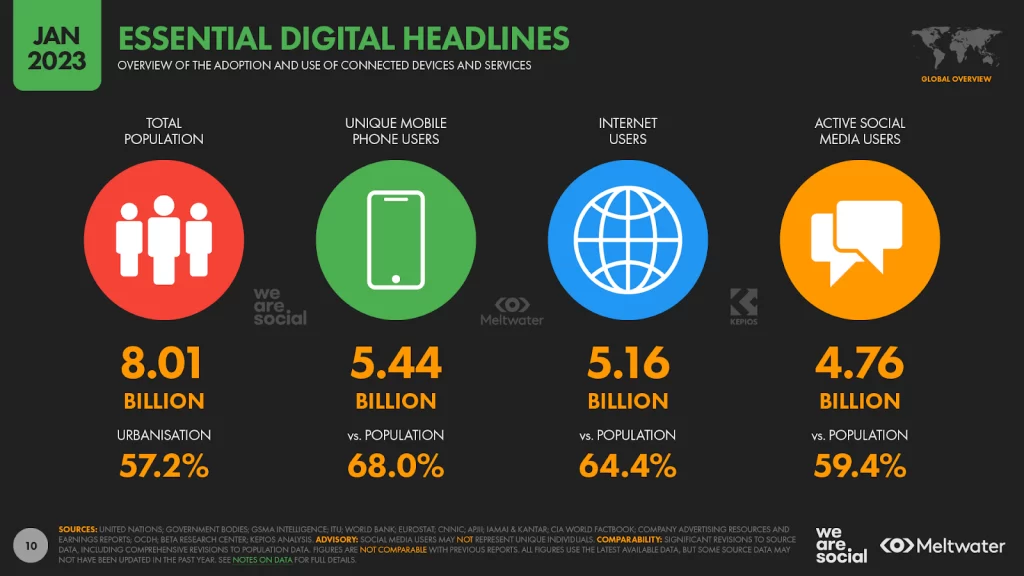
While communication ideally signifies a democratic exchange of ideas, deeper analysis unveils power imbalances. Major voices, amplified by economic or political backing, often drown out marginalized ones. The monetization strategies of these platforms further exacerbate this issue, with content biased towards advertiser preferences (Kingsley et al., 2022). Further, the digital realm often amplifies dominant voices, sometimes at the expense of marginalized ones, and content can be biased due to economic interests.
Leadership in the Digital Age
High-profile leaders are not exempt from this digital revolution. They have recognized and harnessed the potential of these platforms. However, every tweet, post, or video carries with it the weight of their office. Leaders often find themselves under the lens, with their words interpreted as official stances, which means their online communications carry the weight of their office, making every tweet, post, or video a potential global statement (Barberá et al., 2022). An example is the online exchanges between Trump and Iranian officials, like General Soleimani. At the same time, this level of interaction will also bring unknown panic to the masses. Such digital interactions, if unchecked, can spiral into real-world geopolitical crises. Moreover, digital echo chambers can amplify and sometimes distort these communications, leading to unforeseen consequences.
Case study —– The exchanges and conversation occurred between former US President Donald Trump and Iranian officials, including the late General Qassem Soleimani.
Advantages:
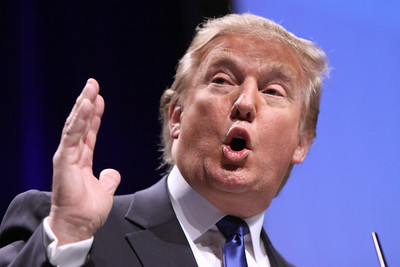
1. Immediate Public Communication: Traditional diplomacy often took place behind closed doors. However, the rise of social media means that heads of state and officials can send messages instantly to a global audience (Barberá et al., 2022). Trump was known for his use of Twitter to communicate on foreign policy matters. This real-time communication can have advantages, like transparency, but it can also lead to escalation without the usual filters and checks of traditional diplomacy.
2. Engagement with a Global Audience: Leaders and officials can directly communicate with international populations, bypassing traditional media.
Disadvantages:
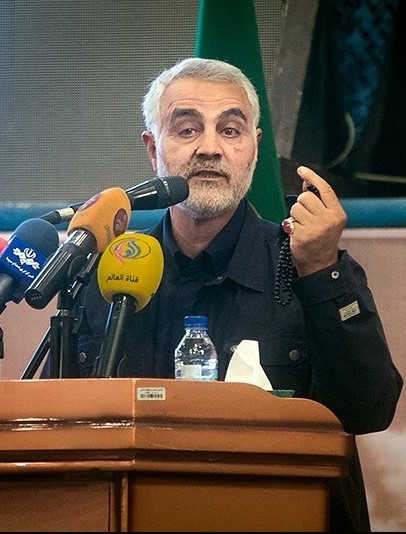
1. Potential for Misinterpretation: Online communication, especially in platforms with character limits or without the nuances of face-to-face interaction, can be easily misinterpreted. A seemingly harmless post might be construed as an aggressive stance (Barberá et al., 2022). What one party might consider posturing or a rhetorical flourish might be perceived as a direct threat by another party. Moreover, Online communication often lacks the subtleties of face-to-face interactions, increasing the risk of miscommunication.
2. Digital Echo Chambers: Social media platforms have algorithms designed to show users content that aligns with their views, leading to echo chambers. In these echo chambers, users are repeatedly exposed to the same type of content, reinforcing their beliefs and potentially skewing their perceptions of reality. In the context of international relations, this means that the narratives surrounding an event or exchange can become highly polarized.
3. Rapid Escalation: The immediacy of digital communications, combined with their public nature, can result in rapid escalations. In the case of Trump and Iranian officials, tweets and public statements could quickly stoke tensions. Each side might feel compelled to respond swiftly to save face or appear strong, which can push situations to the brink faster than traditional diplomatic channels might. In short, real-time exchanges can swiftly stoke geopolitical tensions, sometimes bypassing the safeguards of conventional diplomacy (Barberá et al., 2022).
Consequences:

1. Polarization: The global populace might witness a rift in their perceptions, leading to polarized narratives and beliefs.
2. Influence on Foreign Policy: Public reactions to digital interactions can push nations to take sides, implement sanctions, or alter their foreign policy stance.
3. Real-world Implications: In early January 2020, after a series of provocations and responses on both sides, a US drone strike in Baghdad killed General Qassem Soleimani. This action brought the US and Iran to the brink of direct conflict, demonstrating how digital interactions can translate into tangible geopolitical events.
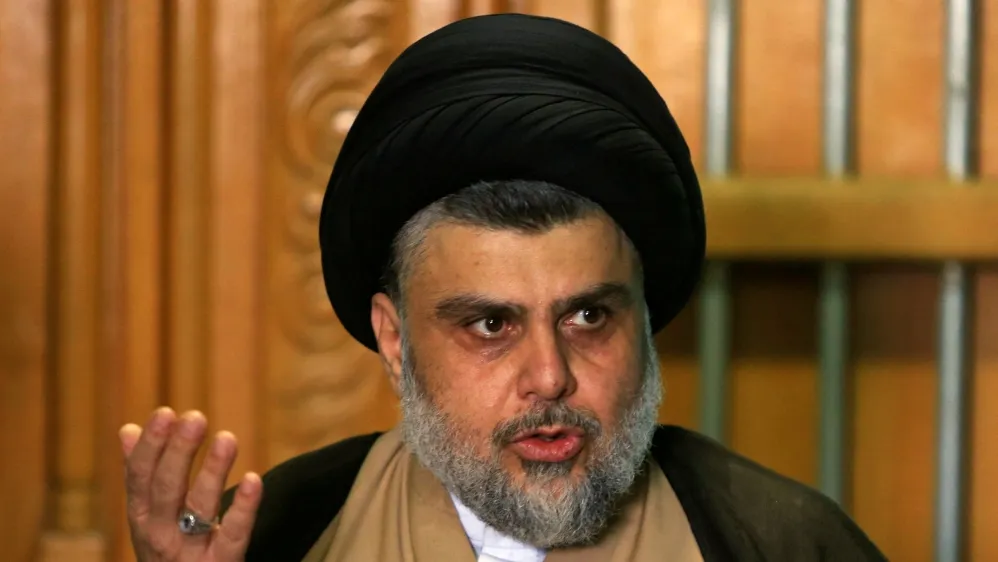
Al-Sadr said the Iraqi parliament resolution did not go for enough [File: Alaa al-Marjani/Reuters]
Regulating the Digital Frontier
The question remains: how do we navigate this digital frontier responsibly? Navigating the complexities of the digital realm necessitates oversight. When considering national security, the role of governments in digital discourse becomes undeniable. Striking a balance, however, is intricate. Too much regulation can throttle freedoms, while too little can leave nations exposed to threats. Yet, finding the right balance is intricate. The 2016 U.S. presidential elections offer a case in point. Allegations of foreign interference, particularly concerning Russian-sponsored political ads, brought to light the vulnerabilities and imperatives of digital governance.
But who holds the reins of this governance? A variety of stakeholders play crucial roles:
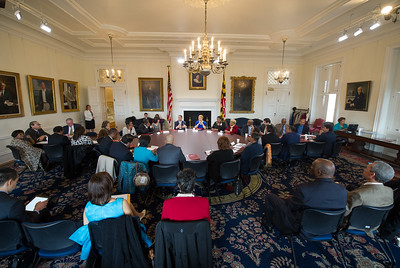
- International Bodies: Organizations like ICANN and ITU shape global internet standards and policies.
- National Governments: From data protection regulations, like the EU’s GDPR, to content censorship, national governments wield significant power.
- Private Entities: Tech giants, ISPs, and platform operators often have their own set of guidelines, community standards, and moderation policies.
- Civil Society: NGOs and activist groups advocate for digital rights, ensuring that the internet remains a space for free and fair exchange.
These entities’ actions, whether collaborative or conflicting, are shaping the internet’s future trajectory.
Future Outlook: A Confluence of Challenges and Opportunities
As the digital ecosystem evolves, the intertwined narratives of free speech, platform autonomy, governmental oversight, and individual rights will continue to play out. Our shared goal should be to ensure that the internet continues to serve as a bastion of free expression while simultaneously recognizing and mitigating its potential dangers. The intersection of free speech and digital diplomacy will continue to be a critical area of focus, necessitating collaboration, understanding, and shared responsibility from all stakeholders.
Reference:
Barberá, P., Gohdes, A. R., Iakhnis, E., & Zeitzoff, T. (2022). Distract and Divert: How World Leaders Use Social Media During Contentious Politics. The International Journal of Press/Politics, 0(0). https://doi.org/10.1177/19401612221102030
Merrin, W., Hoskins, A. Tweet fast and kill things: digital war. Digi War 1, 184–193 (2020). https://doi.org/10.1057/s42984-020-00002-1
Kingsley, S., Sinha P., Wang, C., Eslami, M. & Hong, J. 2022. “Give Everybody [..] a Little Bit More Equity”: Content Creator Perspectives and Responses to the Algorithmic Demonetization of Content Associated with Disadvantaged Groups. Proc. ACM Hum.-Comput. Interact. 6, CSCW2, Article 424 (November 2022), 37 pages. https://doi.org/10.1145/3555149
The Global State of Digital in April 2023. (2023, April 27). https://wearesocial.com/au/blog/2023/04/the-global-state-of-digital-in-april-2023/
Krieg, G. (2017, December 29). Trump’s 2017, in 17 tweets. Cable News Network. https://edition.cnn.com/2017/12/29/politics/donald-trump-2017-tweets/index.html